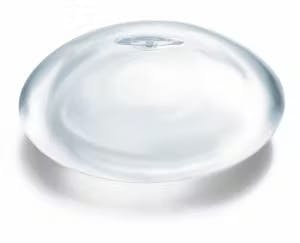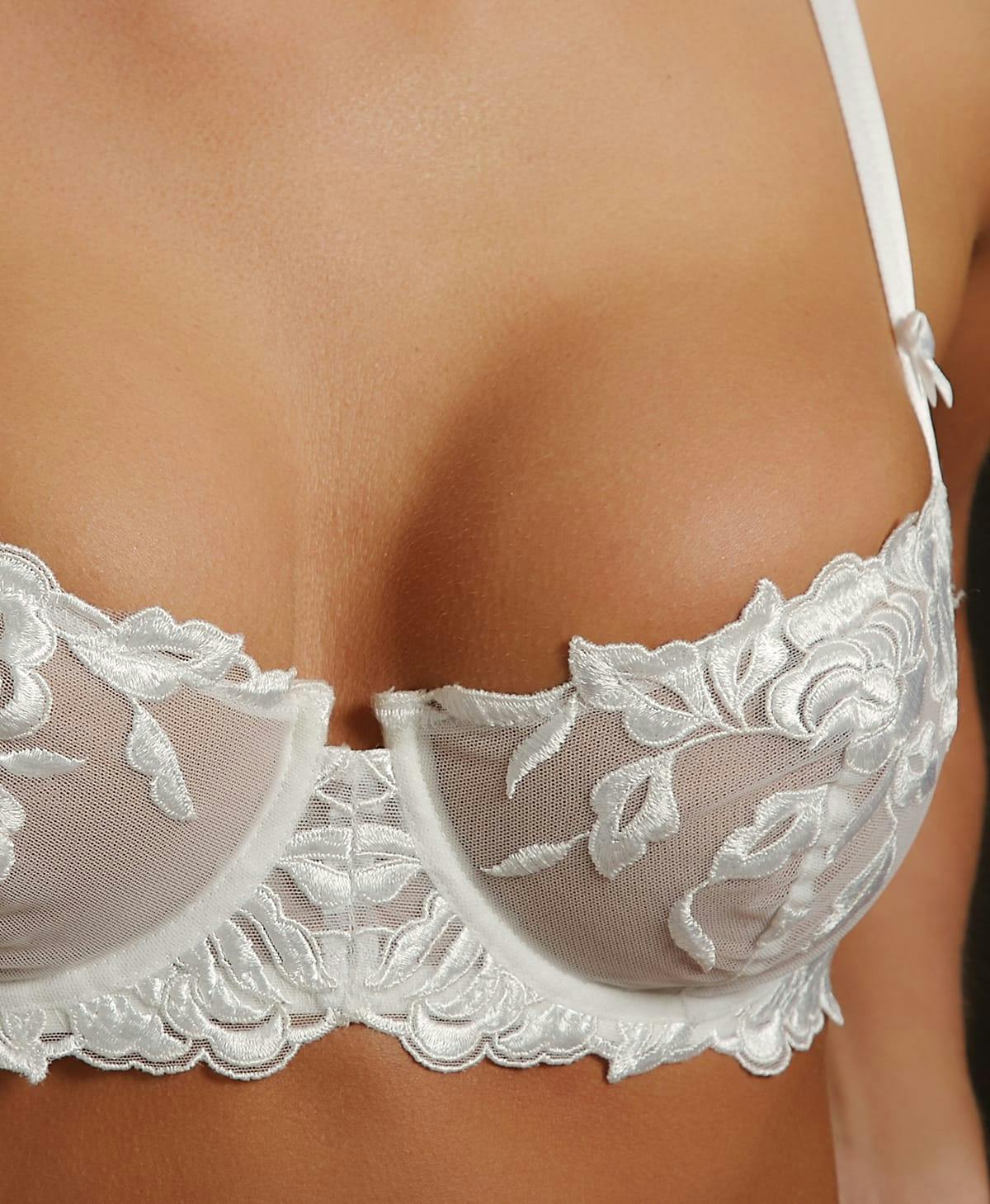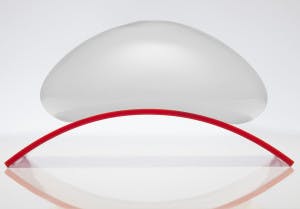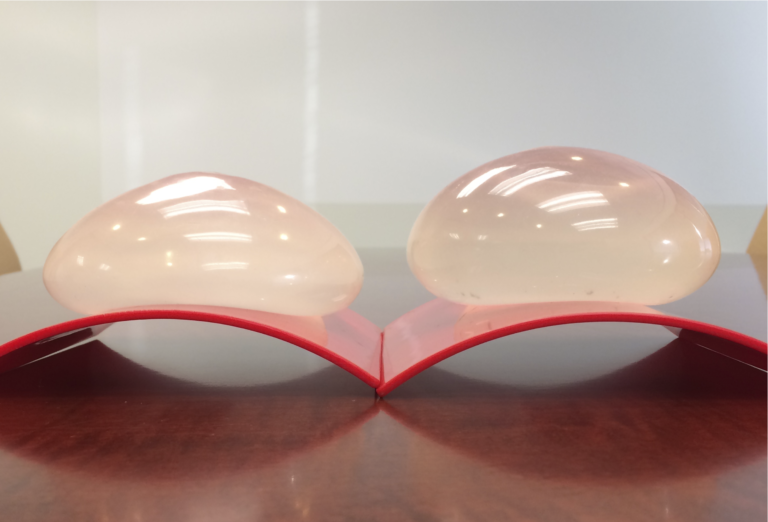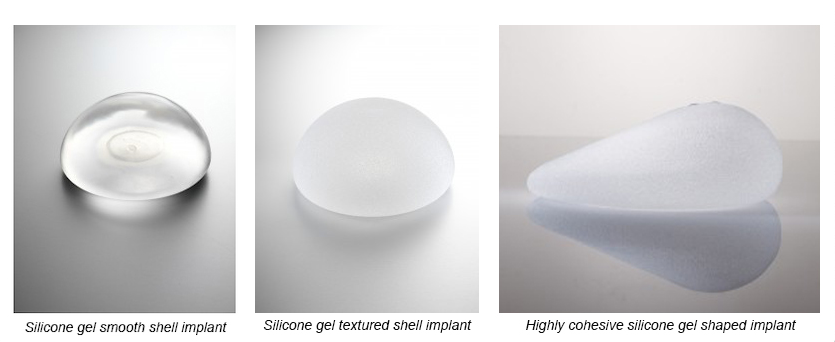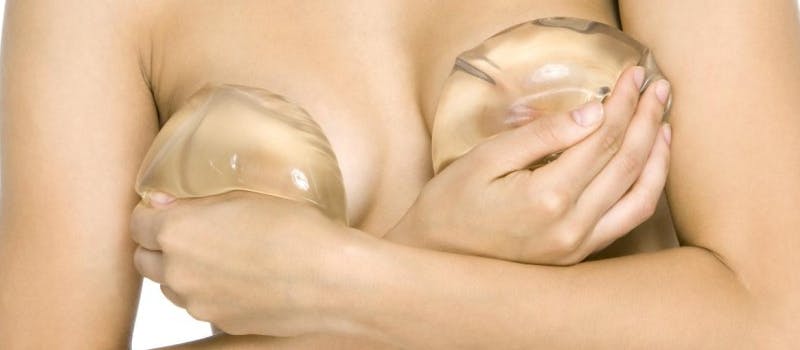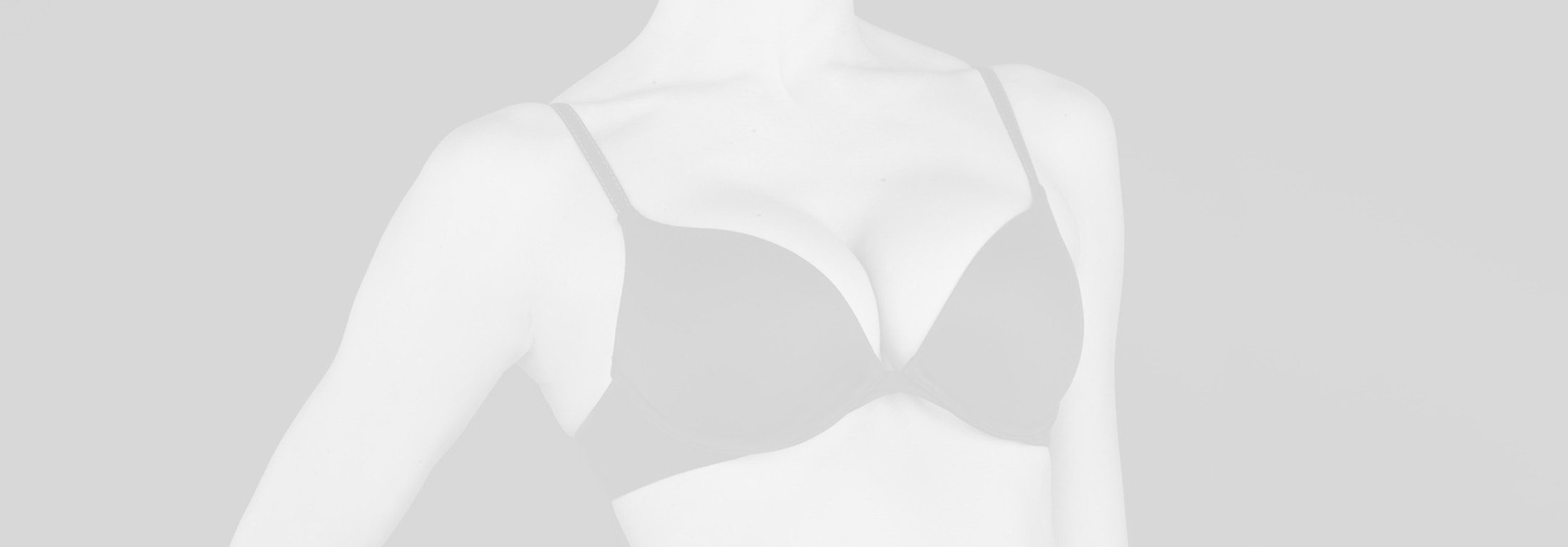Saline Implant Procedure and Risks
Most breast augmentation with saline implants is performed under general anesthesia for patient safety and comfort. Dr. Hutchinson performs breast augmentation with saline implants either in the safety, privacy, and comfort of her fully AAAASF certified operating room at her Upper East Side practice or at one of her affiliated NYC hospitals. The procedure usually lasts 1-1.5 hours, and patients are able to go home afterward. Recovery requires the restriction of strenuous physical activity for two weeks after surgery.
All surgery carries the risk of complications and untoward results. Potential complications of breast augmentation with saline implants include bleeding, infection, unsightly scars, capsular contracture, asymmetry, implant deflation, palpability, or visibility. In some cases, revision breast augmentation surgery may be necessary.





